
Purslane: The Superfood That Tastes Better Than Meat – 7 Reasons to Grow It in Your Garden
Purslane (Portulaca oleracea), commonly dismissed as a garden weed, is actually an incredibly nutritious plant that packs a wide range of health benefits and offers remarkable culinary versatility. With its tangy, salty, and refreshing flavor, purslane can compete with meat in terms of both nutrition and flavor, making it a valuable addition to any diet. If you haven’t yet considered growing this powerful superfood in your garden, here are seven compelling reasons why you should start planting it today!
1. A Nutritional Powerhouse – Higher Omega-3 Than Meat
Purslane is among the richest plant-based sources of Omega-3 fatty acids, even surpassing some types of fish and meat. Omega-3s play a crucial role in reducing inflammation, supporting heart health, and enhancing brain function. This makes purslane a fantastic option for vegetarians and vegans who are looking to increase their intake of healthy fats.
With its impressive Omega-3 profile, purslane offers a plant-based alternative that can easily rival meat in terms of nutritional benefits.
2. Packed with Essential Vitamins and Minerals

Purslane is packed with essential vitamins like A, C, and E, and minerals such as magnesium, calcium, potassium, and iron. Vitamin A is known to support eye health and boost the immune system, while vitamin C plays a crucial role in protecting the body from oxidative stress and bolstering immune defense. The magnesium and potassium in purslane help regulate blood pressure and promote muscle health. When compared to many other vegetables, purslane provides a higher concentration of these vital nutrients per serving.
3. Supports Heart Health
Thanks to its high Omega-3 content, purslane can help reduce bad cholesterol (LDL) levels while increasing good cholesterol (HDL). Additionally, the potassium in purslane works to regulate blood pressure, further reducing the risk of heart disease. The antioxidants found in purslane also prevent oxidative stress, which is known to contribute to cardiovascular problems.
How to use it: Add fresh purslane to salads, smoothies, or soups to promote heart health naturally. Its mild flavor and crunchy texture make it a great addition to any heart-healthy meal.
4. Great for Weight Loss and Digestion
Purslane is low in calories but rich in fiber, making it a perfect food for those looking to manage their weight. Its fiber content helps to keep you feeling full for longer, reducing unnecessary cravings and promoting satiety. Moreover, its mucilaginous texture supports digestive health by nurturing beneficial gut bacteria, making it an excellent food for those seeking to improve their digestive system.
How to use it: Add purslane to green smoothies, stir-fries, or light summer dishes for a low-calorie, high-nutrient meal. You can even use it as a base for your favorite salad.
5. A Natural Antioxidant Booster
Purslane is packed with powerful antioxidants, including beta-carotene, glutathione, and melatonin. These antioxidants help protect the body from premature aging, chronic diseases, and inflammation. Furthermore, purslane contains betalains—compounds known for their potent anti-inflammatory properties.
How to use it: To maximize the antioxidant benefits, enjoy fresh purslane in raw salads or incorporate it into smoothies for an extra nutrient boost.
6. Drought-Resistant and Easy to Grow
Purslane is incredibly easy to grow, thriving in poor soil and requiring minimal water. It is drought-resistant, making it a sustainable choice for home gardeners. Once planted, purslane grows quickly and abundantly, providing a continuous supply of nutritious greens throughout the growing season.
Gardening Tip: You can grow purslane from seeds or cuttings, and it flourishes even in containers, raised beds, or garden borders. It’s an ideal plant for anyone looking to grow their own nutrient-dense greens with little effort.
7. Delicious and Versatile in the Kitchen
Unlike many leafy greens, purslane offers a pleasant crunch and a mild, lemony, slightly salty flavor that can enhance a variety of dishes. Its versatility in the kitchen makes it a must-have ingredient for many different recipes.
Raw: Add it to salads, sandwiches, or wraps for a refreshing crunch.
Cooked: Use it in stir-fries, soups, and omelets to add texture and flavor.
Fermented: Turn purslane into a probiotic-rich side dish with simple fermentation methods.
Recipe Idea: Try purslane with garlic, olive oil, and lemon juice for a simple, yet nutritious, side dish that highlights its unique flavor.
News in the same category


Top 3 Ways to Treat Tooth Decay with Guava Leaves – Simple and Cost-Effective
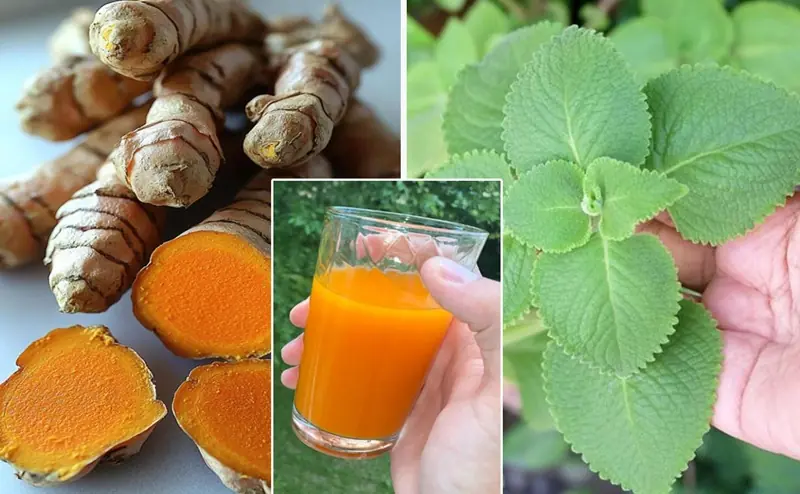
Turmeric, Cuban Oregano, and Banana Drink: Natural Remedy for High Blood Pressure, Diabetes, and Poor Circulation
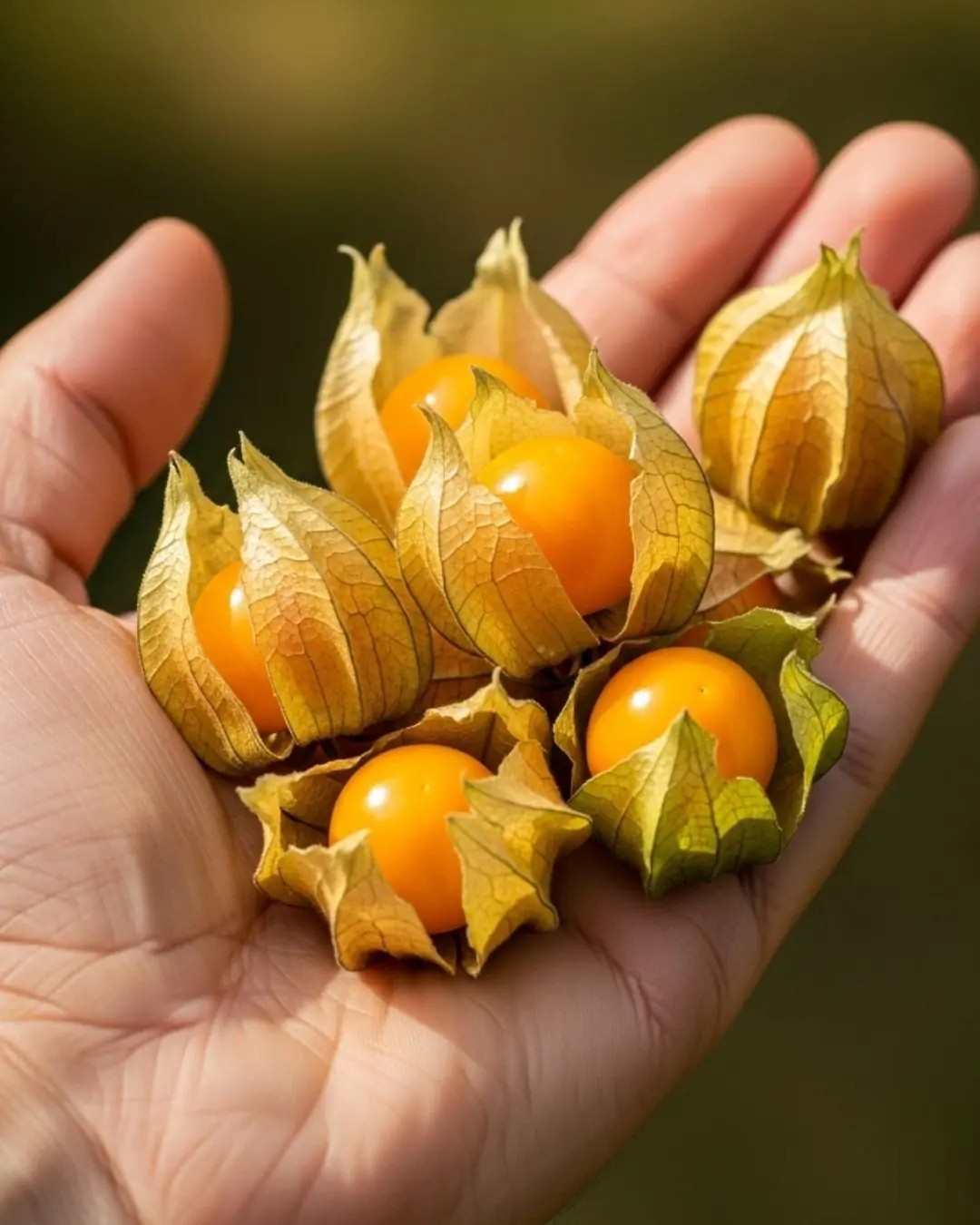
Goldenberry: 17 Powerful Health Benefits for Older Adults.
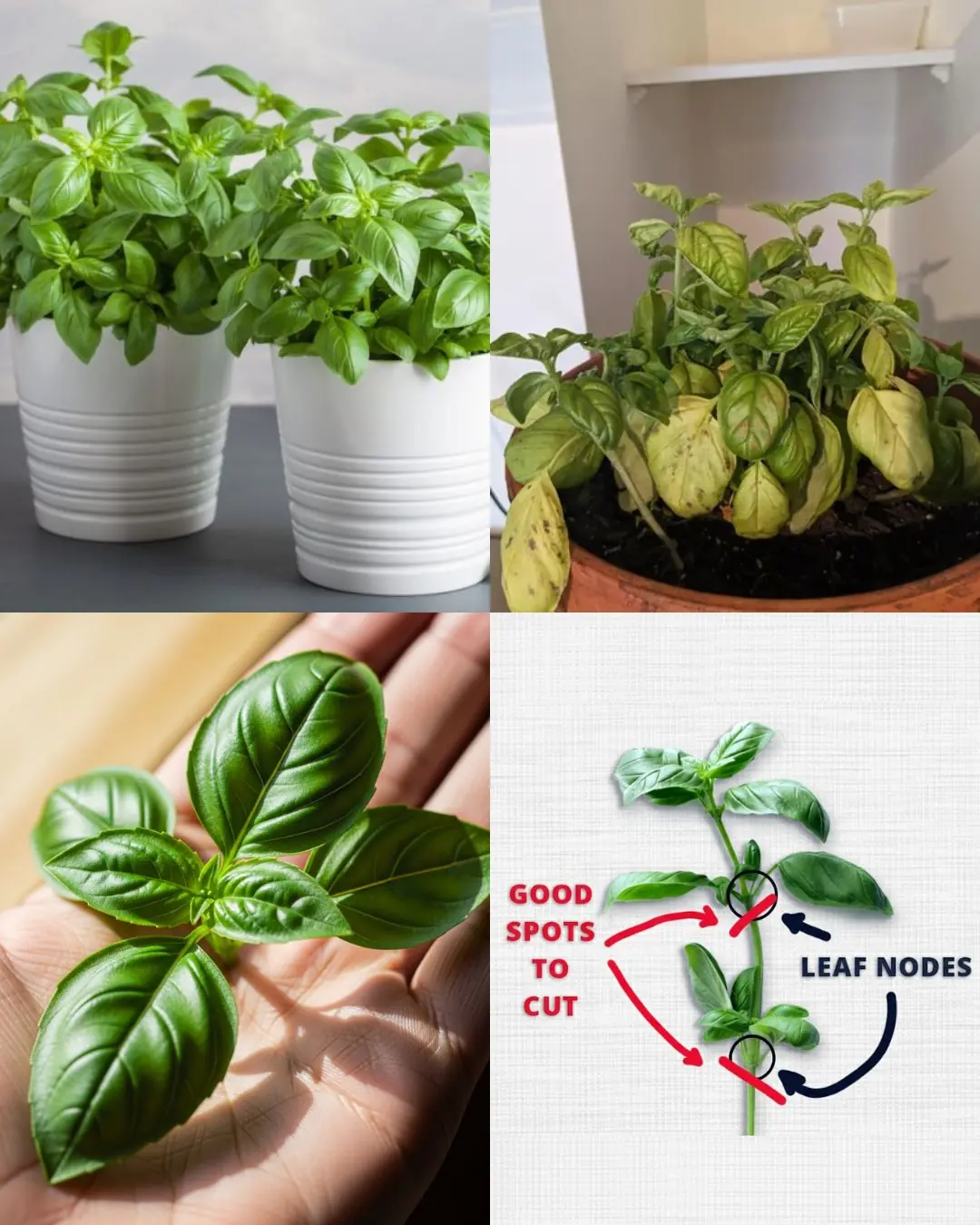
How to Keep Supermarket Basil Alive and Thriving

The Secret Power of Plantago Major that no one knows

Mimosa Pudica: Medicinal Value and Uses

"The best plant for eyesight 👀 and much more… See more in the first comment."

Discover Garden Gold: Dandelion’s Hidden Power

The Power of Chanca Piedra: 10 Benefits and Uses
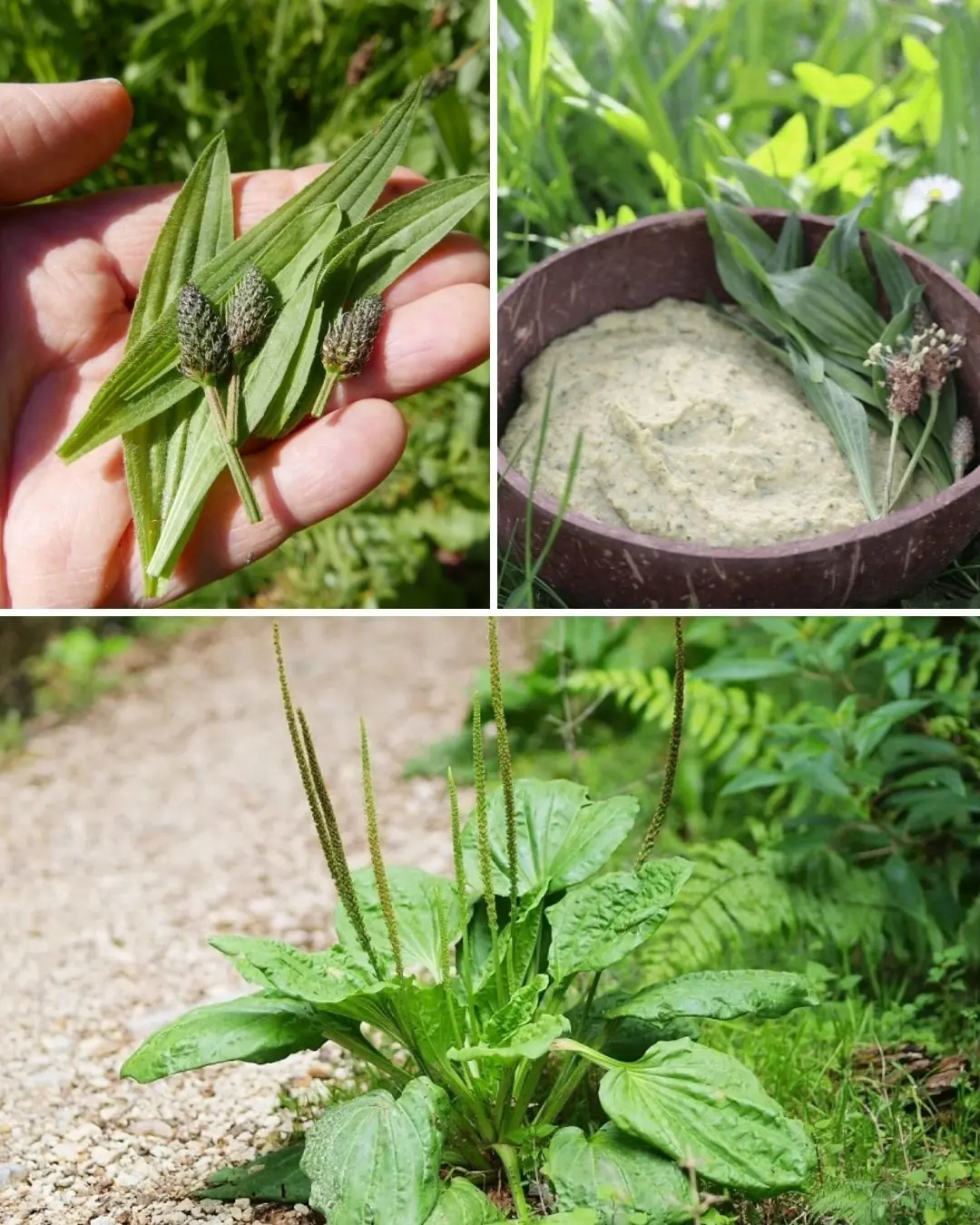
The Incredible Benefits of Plantago lanceolata and How to Use It

Exploring the Health Benefits of Common Mallow: A Nutritional Powerhouse

Cyperus Rotundus: The Ancient Herb with Modern Healing Power

2 Cloves a Day Trigger Irreversible Changes in Your Body — Especially After 40

Kyllinga brevifolia (Rottb): Benefits and How to Use It

Every Part of the Guava Tree Is Like “Gold”: 25 Health Benefits of Guava Fruit and Leaves 🌿

Try This Before Bed and Feel the Spark
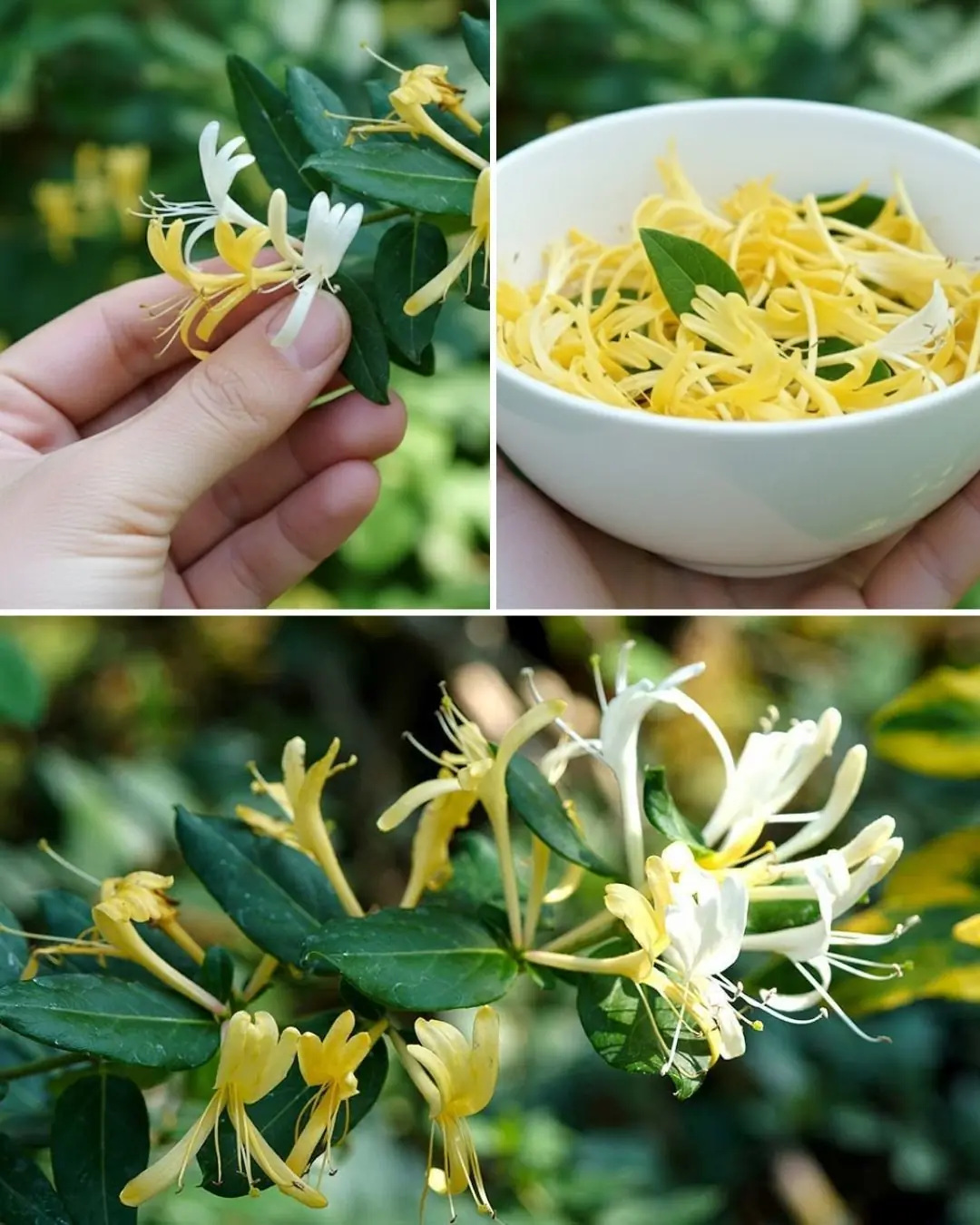
Japanese Honeysuckle (Lonicera japonica): Health Benefits and Homemade Uses
News Post

How to wash your hair with perilla leaf water to prevent hair loss and stimulate the growth of new hair.

Don’t soak frozen meat in cold water. Follow the chef’s method to defrost it in 5 minutes, and the meat will still taste great.

How to store chili peppers for months, keeping them as fresh as if they were just picked, with firm, plump flesh that doesn't dry out or lose flavor.

3 powerful vegetables everyone overlooks (but shouldn’t!)

4 hidden signs of iodine deficiency in your skin, hair & nails

The Most Effective Natural Way to Remove Gallstones

Mugwort Plant: Benefits, Properties, and Uses

Causes of Early Graying You Never Suspected

That Persistent Scalp Itch

Steps to Take When Your Adult Children No Longer Show Respect

That Random Stabbing Pain in Your Chest Has Finally Been Explained

The Dirty Secret About Toilet Paper on Public Seats

If You Have These Two "Dimples" on Your Lower Back, Here's What They Mean

How to Save Electricity: Immediately Put a Roll of Toilet Paper into Your Refrigerator – An Amazing Trick That Also Saves You Money

When Your Non-Stick Pan Loses Its Coating, Don’t Throw It Away: Try This Method to Fry Without Food Sticking or Breaking

Simple and Effective Tips to Repel Rats Using Leftover Rice — Anyone Can Do It at Home

5 Most Common Deathbed Regrets, According to Palliative Care Nurse

🌿 Oregano: Nature’s Small but Mighty Healer
